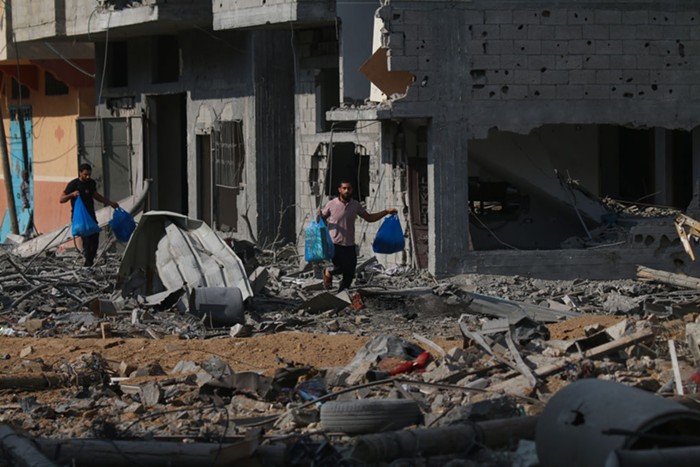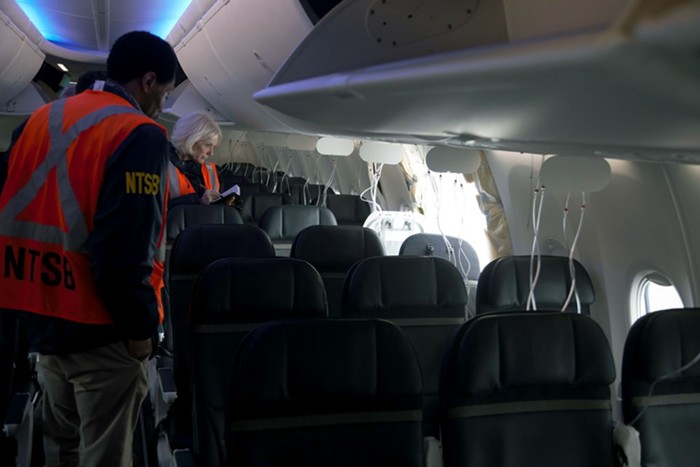
As rain lashes the University of Washington and my editor reports intermittent internet at The Stranger’s Capitol Hill offices, my thoughts are drifting to the western Pacific, where, four days ago, Tropical Storm Songda* swelled to typhoon status before doglegging around Hawaii and beelining for Seattle. Despite having lived in the Pacific Northwest for the greater part of a decade, the idea our region’s weather could have something in common with, say, Florida remains surprising. Is Songda is anomaly — nothing more than a fateful role of the meteorological dice — or is it merely the latest iteration of a regularly occurring event? In fact, as The Seattle Times reports in their thorough history of Songda’s origins, the seven largest October storms on record have all been linked to errant typoons. And while Kirby Cook of the National Weather Service is quick to point in the article that out a majority of each year’s storms have more mundane origins, it’s also true that that the frequency and intensity of tropical cyclones are increasing as ocean temperatures rise in lockstep with global warming. Which means in all likelihood, there will be more storms like Songda, not fewer, in our future. Stay safe out there**.
*(Interestingly, there was another Typhoon Songda—back in 2004—that remains the second-costliest typhoon on record)
**This is a link to an outage map for the city.
Wildfires Mean More Morel Mushrooms: One good thing to emerge from Yosemite National Park’s 2013 Rim Fire? It allowed researchers at UW and the University of Montana to confirm mycological folk wisdom claiming morel mushrooms grow abundantly the spring following a large blaze. Morels, it turns out, are also more likely to occur in clusters than on their own — so if you’ve found one, it’s best to stay in the area. The Missoulian has more.
And The Area of Wildfires Has Doubled Under Climate Change: While attributing any one event to the influence of climate change remains controversial, our understanding of how it affects natural phenomena in the aggregate continues to grow. The latest revelation, from University of Idaho’s John Abatzaglou and Columbia University’s Park Williams, is that anthropogenic climate change has doubled the total area of forest fires in the western US since 1984. In a paper published in the journal PNAS this month, Abatzaglou and Williams first quantified how anthropogenic climate change has influenced how dry available fuel is (fuel aridity) for each square of a 1/24° grid laid over the entire United States west of 103° longitude. They then quantified how these changes in fuel aridity affected the size of wildfires within the grid, concluding that anthropogenic climate change accounted for 55% of their calculated increases in fuel aridity and resulting in an additional 4.2 million ha of forest fire area.
David Thouless’ Nobel Prize Highlights the Value of Basic Research: From The Seattle Times editorial board: “Although the prize is a salute to this man’s genius and creativity, it is also a great reminder of the need for the U.S. government to support scientific research even when the results of that work might not be seen for 40 years or longer.” Coincidentally, University of Washington receives more federal research funding than any other public university in the country.


















